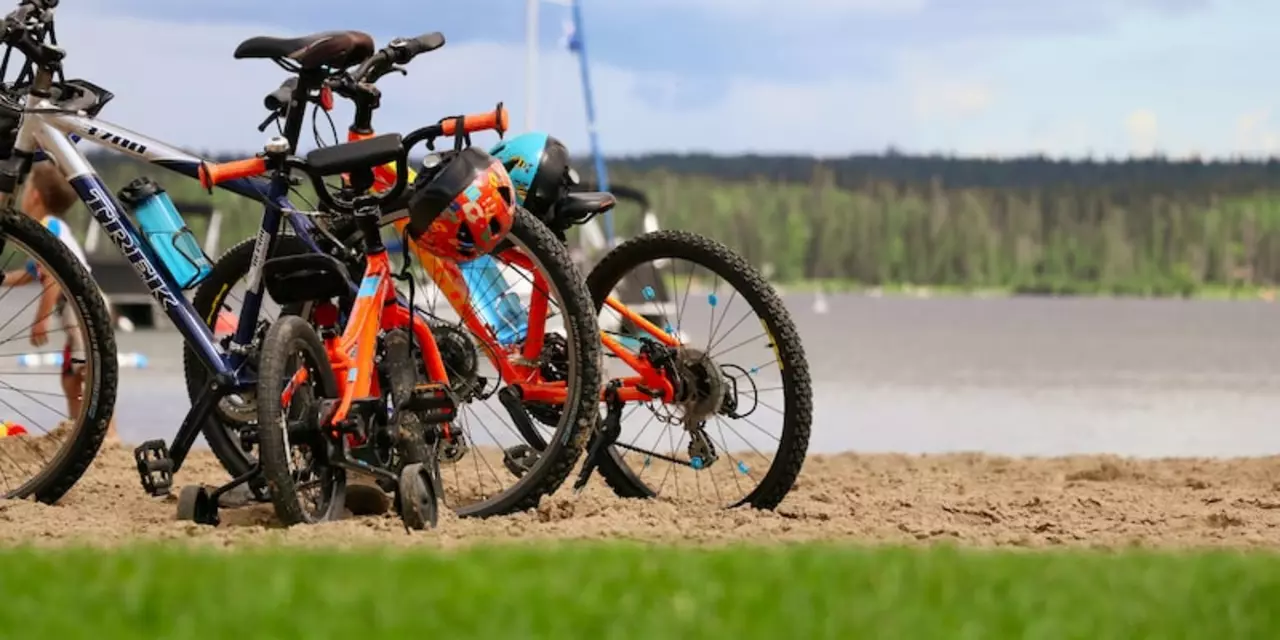Shank Explained: What Every Rider Should Know
When you hear the word “shank,” you might think of a piece of metal or a kitchen knife. In the horse world, though, a shank is part of the leg – the lower bone that runs from the knee to the hoof. Knowing how the shank works can save you from cheap injuries and make every ride smoother.
Where the Shank Lives and Why It Matters
The shank is the cannon bone on a horse’s front and hind legs. It bears most of the weight when the animal moves, especially at a trot or canter. Because it’s a solid, long bone, any strain or improper shoeing shows up here first. That’s why riders and trainers keep an eye on the shank during warm‑ups and after long sessions.
One common sign something’s off is a hard, high‑stepping gait. If the horse lifts the leg extra high, it could be trying to protect a sore shank. Another warning is swelling or heat around the area. Don’t ignore these clues – they often mean the shank needs a break or a vet check.
Practical Tips to Keep the Shank Healthy
First, make sure the shoe fits. A shoe that’s too tight puts pressure on the shank, while one that’s too loose can wobble and cause impact injuries. Your farrier should check the fit every 4‑6 weeks, especially after a heavy work period.
Second, watch the surface you ride on. Hard, uneven ground sends shock straight up the leg to the shank. If you’re training on a concrete arena, consider adding a rug or sand mat to soften the impact. On the trail, avoid sudden jumps over rocks – they’re a shank’s worst enemy.
Third, give the horse regular rest. Even the toughest athletes need downtime. A day or two without work each week lets the shank recover from micro‑traumas that build up during riding.
Finally, incorporate conditioning exercises that strengthen the muscles around the shank. Simple hill work, trot circles, and controlled lunges build up the surrounding tendons and ligaments, giving the bone extra support.
Remember, a healthy shank means a happy horse and a more confident rider. Next time you saddle up, do a quick leg check: look for swelling, feel for heat, and watch the gait. Small habits now keep big problems away later.

Horseback riding is a popular activity the world over, and having the right spurs is an important part of the experience. Depending on the type of riding, different types of spurs can be used, including blunt, shank, or rowel spurs. Blunt spurs are best for beginner riders, while shank and rowel spurs are better for more experienced riders. When selecting spurs, it is important to make sure they fit the rider's boots and are comfortable for the horse.
Read more
